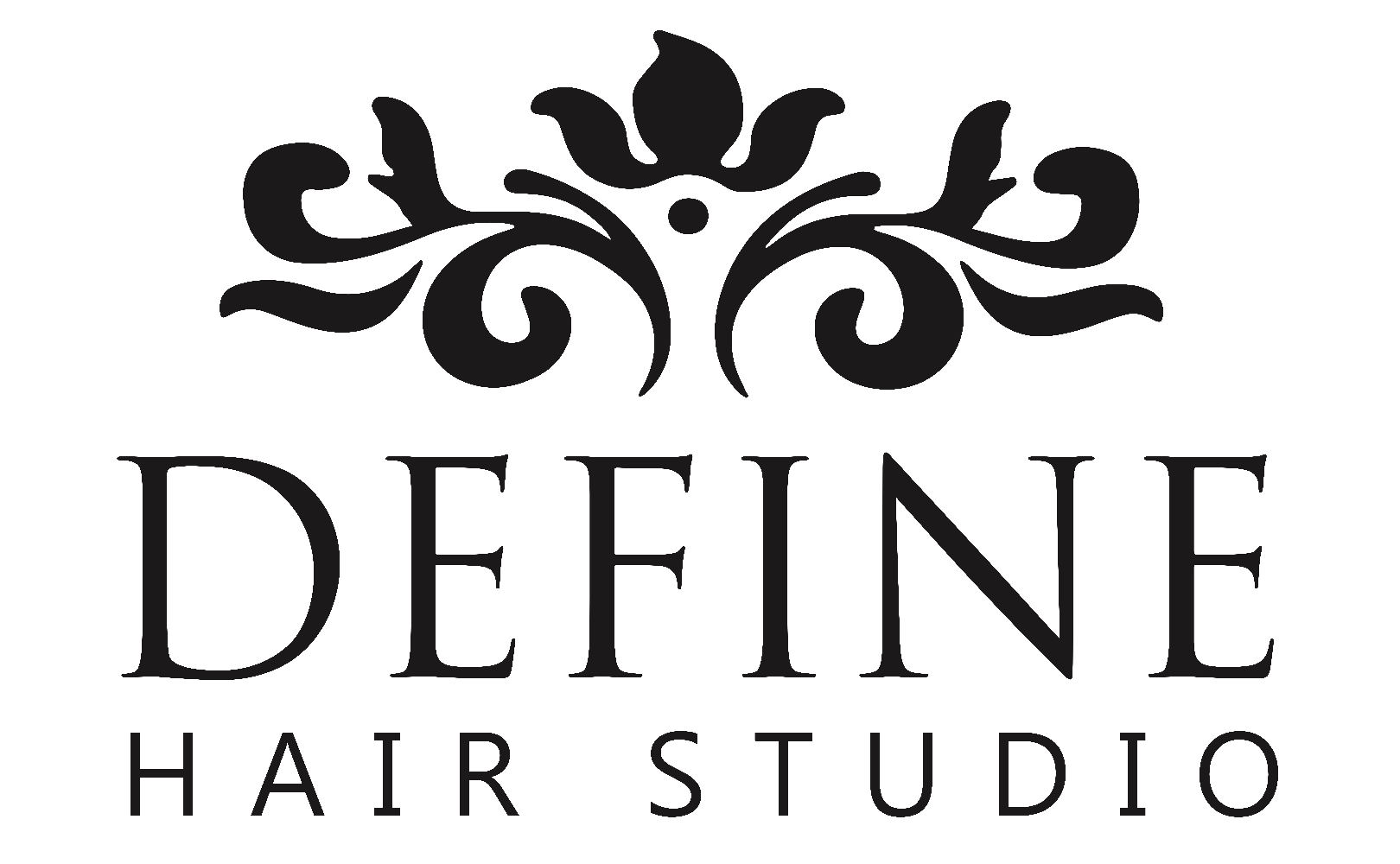Are you new to the world of hair extensions? The endless varieties may confuse you if you don’t start with enough knowledge of it.
You can choose from micro-link, fusion, pre-bonded, weaves, tape-ins, click-ins, etc. But what do they all mean? Here is our quick breakdown to sort out your confusion and help you select the right extensions for your hair.
1. Clip-ins
These hair extensions come as strands of contoured pieces. They attach using a silicone or fabric base and often sell under the clip-in wefts category. The base features clips to help secure the strands to your natural hair, and that’s all it takes to keep them in place.
The snaps open and close with a clip and are super easy to use. They’re not at all permanent and only take a moment to remove or attach.

2. Microbead Extensions
You may even hear of them as I-link or I-tip extensions. They feature tiny beads to attach to your natural hair. When you’re using this type of extension, you need to crimp down the beads to hold the strand in place after threading it near your scalp area.
You may require touch-ups consistently with this option, but they will last for approximately three to six months.
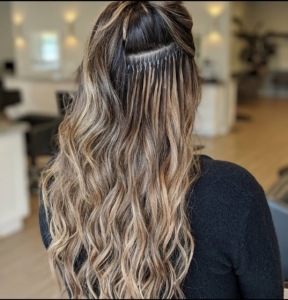
3. Tape-ins
These extensions are just what their name suggests. These first undergo pre-taping themselves, and when you need to apply these, you too have to glue or tape them to your hair. Using these on your own might be a trifle challenging because you can go wrong with the alignment.
On the other hand, a hairdresser will align these with your roots neatly and apply them extension using a heating tool. You can even re-use tape-ins just like the clip-in variety.
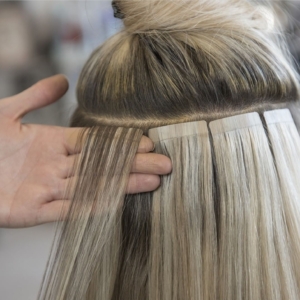
4. Fusion Extensions
These extensions are more permanent because the fusion variety uses small keratin bonds. Then experts melt, shape, and reform these bonds to fit around your hair in a more long-lasting and sturdy connection.
You may not find these extensions easy to remove, but the best aspect is they require less maintenance comparatively. Many keratin or fusion extensions, as we know of them, do not even use any glue. Experts often use the keratin protein bonding together with the fusion connector to create the adhesive effect.
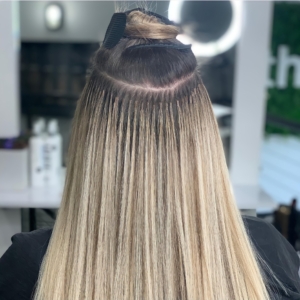
5. Weave Extensions
You may also hear of these are sew-in hair extensions. In this, a hairdresser has to weave your hair into cornrows first and then sew the weaves into them, using a needle and thread. Hair experts generally recommend weaves to those who have thicker hair because sewing is easier on those.
If you’re opting for the weave extensions, you may be ready to sit still for hours because that is how long the process takes. You must also note that weaving is usually a very tight application and tends to cause discomfort or heaviness with the strain on your scalp.
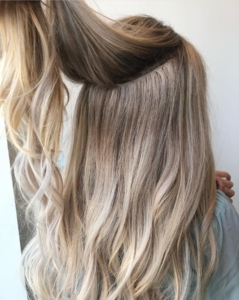
6. Flat-Tip Hair Extension
This is a combination of microbeads and tape-in. These extensions incorporate the hybrid method to install the flat-tip artificial strands in much the saw way as I-Link. Flat-tip extensions use a bead attachment with a small weft below.
These are great for covering most of your scalp surface area because of how flatly they lay against the head.
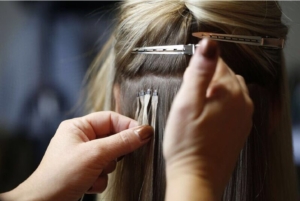
Final Thoughts
If you’re tired of your thin hair and wish for voluminous locks to sport fancy hairstyles, then extensions are the perfect solution. However, a wide variety in the markets can confuse first-time buyers. This guide provides you with the most straightforward explanation of each, helpful in choosing the right extension for your scalp.
